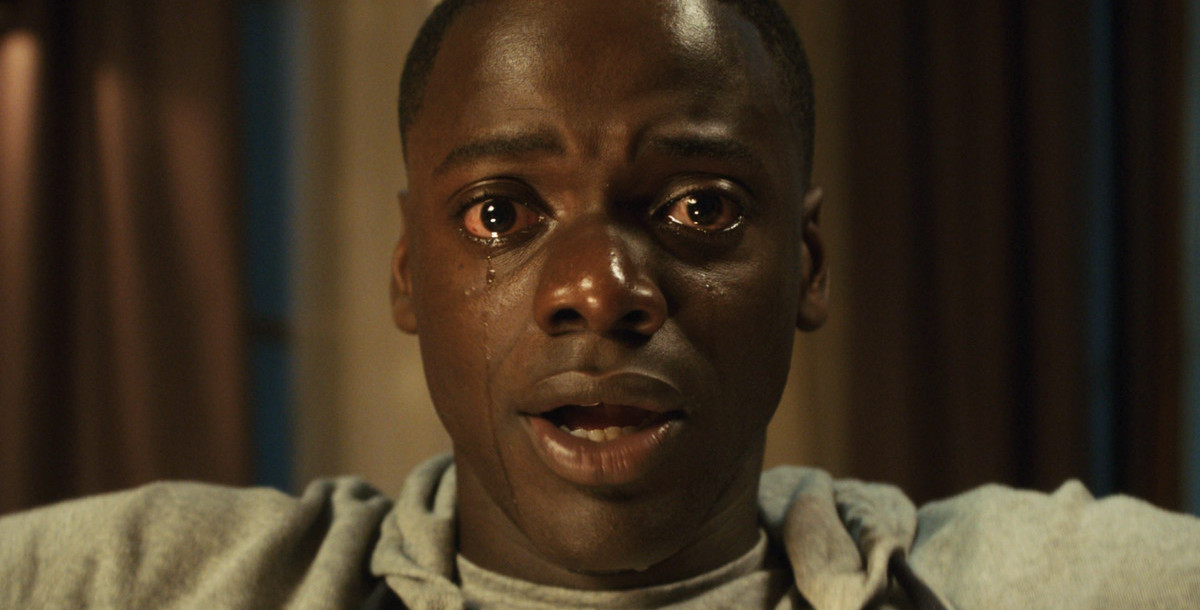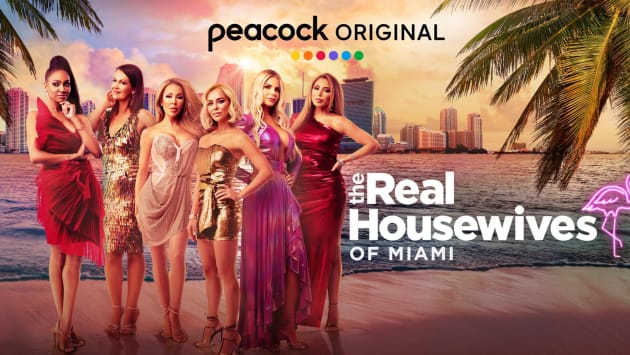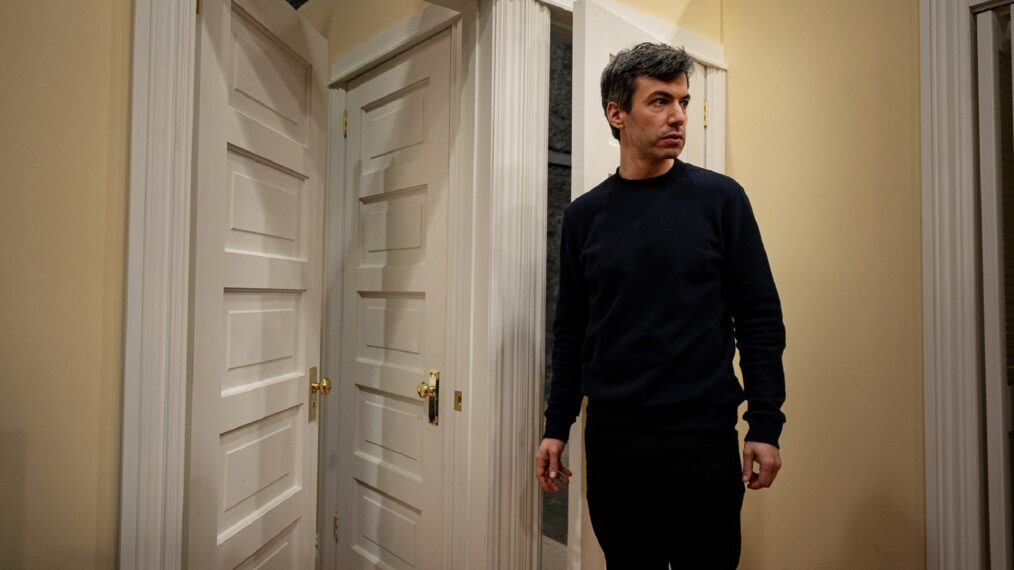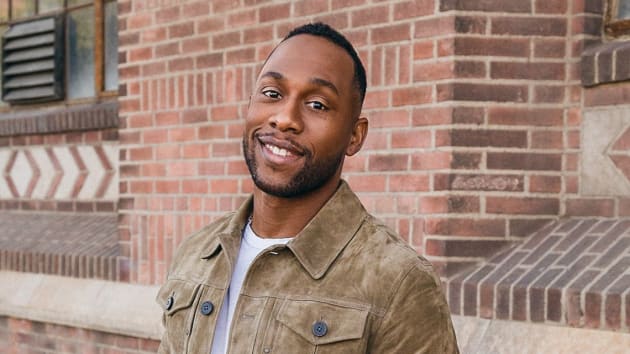Chinese officials in the province of Hubei first warned of a novel coronavirus that caused severe respiratory problems in December of 2019. By February of 2020, the Centers for Disease Control recorded fourteen instances of the virus in the United States. In a February 25 news briefing, Dr. Nancy Messonnier of the National Center for Immunization and Respiratory Diseases called for the cancellation of events and used the now familiar phrase social distancing. “We are asking the American public to work with us to prepare,” she said, “in the expectation that this could be bad.”
Two days later, President Donald Trump told a raucous rally in South Carolina that COVID-19 was “a hoax” and accused his enemies of “politicizing” the issue. Parsing the meaning of the forty-fifth president’s words offers an exercise in frustration. In the most sympathetic reading, Trump did not claim that the virus didn’t exist, only that its effects had been overemphasized by a press in, to use his words, “hysteria mode.” Larry Kudlow, the president’s chief economic advisor, insisted that the virus had been “contained” and posed no danger to the economy. “I don’t think it’s going to be an economic tragedy at all,” Kudlow said.
The virus has proven a human tragedy on a massive scale. At the time of writing, the national death toll totals nearly eight hundred thousand people, more deaths than the United States suffered during World War I and II and far higher than all combined American casualties in global wars since 1945. The number of new infections stands at more than one hundred thousand a day, nearly twice the numbers of the most serious hot zones of the spring of 2020. Most of the countries in the world have yet to even reach that number in total. My insides coil in dread when considering how these numbers appear as you hold this book in your hands. One assumes it became worse.
We thought we didn’t have to worry about such things. The cheery outlook favored by American officials since the mid-twentieth century convinced the nation that infectious disease would have even less chance against the country than a foreign military incursion. In an era that celebrated scientists as key parts of the much-vaunted American military machine, Americans took solace in the idea that penicillin ended the terror of wasting plagues like the 1918 influenza pandemic.
COVID-19 exposed the absurdity of claiming any kind of exceptionalism for a nation with basic social and economic weaknesses unknown in much of Europe, Japan, and East Asia. South Korea and Vietnam have so far led the world in containing the virus. President Trump appealed to South Korea for medical equipment even while attempting to bully them into large cash payments to maintain American troops at their border. Taiwan sent the United States PPE equipment, in fact, to my own county in South Carolina that currently has zip codes with some of the highest infection spikes in the country.
The effect of the virus has baffled Americans convinced of their special destiny and special character and forced many to face hard truths about American power. Economist Paul Krugman wrote in March of 2020 that “the United States has long stood out as the land of denial and death.” Even before the exponential spread of a novel coronavirus, the United States had one of the lowest life expectancy rates in the developed world.
Over the last decade, as Americans became more acquainted with the twisted nature of their alleged exceptionalism, a clutch of horror films have given audiences more to think about than the dumb fun of a scare flick.
Though frequently called into question, the idea of the American century, the ideal of American exceptionalism, and the certainty that the United States is and has always been “the greatest nation on earth” still remain deeply rooted in American politics. They echo in the desperate and angry snarls to make America great again, bleating that sounds more like the cries of an injured animal than the confidence of a society that understands its values and practices them. But it also appears in the self-satisfied insistence that the United States is already great, thank you very much. Whether greatness lost or preponderance of power maintained, the idea of the American century continues to thrive.
Is there a lonely crossroad where the nightmares of horror and the American century meet?
Of course, horror and politics may seem as unrelated as raincoats and ice cream. The night you watch a horror movie is not the night you settle in with a history book or catch up on current events. You order pizza with friends and huddle together for the whirligig ride that jitters and jolts you. Ruined faces appear at rainy windows; the tension builds as a door creaks slowly into a vacuum of silence that suddenly erupts with screams. The whole flick comes in at just under ninety minutes and features a paranormal force unleashed by inebriated Gen Zs playing with that wicked old Ouija board or some comparable occult gadget. Or maybe a knife-wielding automaton will victimize the same age group for being at the worst possible place at the worst possible time.
It’s escapist fun. You startle reflexively at the jump scares, something terrible suddenly filling the frame. Then you laugh at yourself and your friends, happy with your own terror. Someone makes jokes about being scared to go to bed that no one takes seriously.
After all, no one takes horror seriously.
*
Well, that’s no longer quite true. Over the last decade, as Americans became more acquainted with the twisted nature of their alleged exceptionalism, a clutch of horror films have given audiences more to think about than the dumb fun of a scare flick. Ari Aster’s Hereditary and Midsommar martialed complicated anxieties related to family, relationships, and social class. Aster jokingly called Hereditary “ just a little family drama” when in fact it’s a crucible that burns the very concept of middle-class American family life to cinders, leaving behind a taste of its ashes.
Similarly, Aster called Midsommar a “breakup movie,” but if you know the grotesque denouement, that’s like referring to Scorsese’s 1976 Taxi Driver as a classic boy-meets-girl drama. Aster knows his films cut to the bone and leave us questioning everything we think we know about even the most intimate expectations we have for the American good life… romance, success, money, home, and family. Aster tells a story of American dreams grounded in trauma that then becomes inestimably worse, descending into insane violence.
Jordan Peele’s Get Out addressed racism in a “post-racial” society that maintains vast economic inequality and allows murderous police action against Black men and women. Peele’s film can be funny, horrific, and obsessively watchable. But in the meantime, it’s a devastating measure of white supremacy, a bleak miracle of a movie that addresses everything from the heritage of slavery to racist policing to the way social class informs a variety of racism just as brutal as you’d find in a lynch mob.
Zadie Smith called the film a “compendium of black fears about white folk,” both in terms of cultural symbolism and historical legacy. In Peele’s ability to bring his gift of “comic reversals” to horror, Get Out becomes a film that “contains its own commentary” by making audiences understand that African Americans look fearfully on everything from “white women who date black men” to “well-meaning conversations about Obama” to “nostalgia for slavery” and, of course, “slavery itself.”
Peele’s follow-up film, a complex tale of social class, race, and an unseen horror that undergirds all of American history, may be the most politically confrontational horror film ever made. As Sezin Koehler noted in a strenuous essay written during 2020’s nationwide protests against racist policing, economic structures, and public symbolism, Peele’s Us addresses “the fundamental toxicity of whiteness, white privilege, and its intersection with all kinds of violence.”
In the wake of these films, a horrorsaince of social relevance, a debate between fandom and a relatively small number of cultural critics exploded across several social media platforms and resulted in a welter of dueling essays. Steve Rose set the cat among the pigeons first in his much-derided Guardian think piece “How Post-Horror Movies Are Taking Over Cinema.” In it, he described the traditional horror film using former secretary of defense Donald Rumsfeld’s infamously obtuse phrase known unknowns. Rose meant that while horror films proffered suspense, in reality every fan knows the accepted “rules” of the genre. He argued that, in general, horror movies are actually “one of the safest spaces in cinema” since a fan’s knowledge of what to expect provides them with a “flashlight” for the darkest corners a director might lead them to.
The question has been less about whether horror films are good and more a question of whether they matter.
These claims are untenable with just a glance at the long history of horror, reaching back to Robert Wiene’s The Cabinet of Dr. Caligari (1920), which undermined audience expectations. In 1922, two World War I veterans produced Nosferatu as a reflection of “the great dying” of the war in which they and their countries had suffered.
Rose avoided this history, skipping the silent era in America and Europe, the introduction of supernatural horror to America in the 1930s, and its terrifying revival in the 1960s and ’70s. In those decades, films like Hitchcock’s Psycho shocked audiences and critics into anger at the director himself. The butchering of Janet Leigh in the shower became the focal point of audience angst. But fans also hated, and loved, the film’s weight of dread that suggested you could not trust the director, that he might show you something etched like some cursed rune into your brain stem.
George Romero assaulted his audiences with the gore his ghouls consumed (thanks to a Pittsburgh butcher friend who donated the day’s leftovers from his shop) and his introduction of a controversial Black male lead in the cataclysmic year of 1968. In 1973 documentarian William Friedkin made The Exorcist, a film that triggered such a convulsive reaction that Time magazine spoke to psychiatrists and theologians in an effort to make sense of why theaters in LA and New York had to begin running the film as early as 8:00 a.m. to handle crowds that stretched around entire city blocks.
Rose ignored all this because he had to in order to claim our entrance into an age of post-horror, a phrase that obviously suggests something that has come after and replaced horror. The peculiar phrase, peculiar partially because it fails to communicate any meaningful information, is probably borrowed from the overused notion of “postmodern.” It also performed the job the author wanted it to in inciting fan outrage and hundreds of thousands of shares and likes, the cryptocurrency of online social capital.
We could easily, too easily, write off Rose’s “post-horror” category as a provocative hot take, the current nomenclature for an undeveloped notion hurled like a hand grenade from the pillbox of a social media platform. But this idea has found wide support, especially among critics who found themselves drawn to the meaning of aesthetic documents that used horror commonplaces to make their point. The term elevated horror began to make the rounds among these critics in 2018.
“Ugh. I’m not even much of a horror fan, but I can smell the condescension and the dissembling that’s baked into this awful phrase,” film critic Alonso Duralde told Indiewire. Jordan Peele felt it necessary to tweet simply that “‘Us’ is a horror movie” at the time of its release, possibly just to shut down what he considered a pretty pointless discussion. Influential critic Matt Zoller Seitz noted the obvious: calling a film “elevated horror” is a bit like calling a cheeseburger elevated. You’d simply be saying it’s a next-level cheeseburger and “if it’s delicious, no one will care what adjective you put in front of it.”
Much of the conversation about “post-” or “elevated” horror (or other descriptors like “art horror” and even “smart horror”) glossed over the issue really being debated. Even unfriendly critics who probably want to see most horror tossed onto pop culture’s trash heap are attempting, maybe poorly, to articulate the meaning of horror. Ultimately then, the question has been less about whether horror films are good and more a question of whether they matter.
The aforementioned horror films force us to see that there’s always been something deeply political about twentieth-century horror, all the way back to its roots as a cry of anger and despair in the aftermath of the Great War’s savagery. Arguably the late 1940s and much of the ’50s had been one of the most politically charged eras of the horror film. A generation sat through popular Main Street theaters for most of their Saturdays as flying saucers and mad scientists justified American military might in the face of an outside threat, transformed people of color around the world into monstrous beings and cruel villains, and offered a worldview fraught with paranoia and hair-trigger rage.
Perhaps, and I stress perhaps, no deep philosophical questions emerged from Wes Craven’s The Last House on the Left or Tobe Hooper’s The Texas Chain Saw Massacre. And yet both films were a punch in the gut. Jump scares and gore aren’t important to either film. Despite its reputation and title, you’ll see more viscera in an episode of your favorite TV police procedural than The Texas Chain Saw Massacre. What directors, authors, comic artists, and even game designers want is to hit the audience with a cultural roundhouse. There’s no way to do that effectively without pushing political buttons to overstimulate the most delicate nerve endings of personal belief, ideology, patriotism, gender roles, and unexamined hatreds.
Movies are not alone in having this effect, and so a full examination of how our monsters claw their way toward some of America’s deepest assumptions must speak broadly about horror culture. Best-selling novelist Paul Tremblay writes that horror really works only when it “push[es] and prod[s] at moral boundaries” and forces its audience to “confront personal and societal taboos.” In fact, he suggests that horror films need a “progressive” vision to really pull us out to sea on a dark tide. An attempt at a “conservative” horror tale that allows for an unambiguous happy ending fails to horrify the audience.
Writer and director Aislinn Clarke doesn’t use the phrase elevated horror. But she has suggested that a difference does exist between something being “scary” and true, lingering horror. The creation of horror depends on upending convention and, she suggests, should “punch up” against those in power rather than “merely making monsters of those at the bottom.”
Her masterful, thoughtful, and real damn scary 2018 film The Devil’s Doorway tosses more than a few matches at the incendiary questions of religion, sexual abuse, and misogyny. Rather than creating a possession/ exorcism tale with a generic setting, she intertwines it with the legacy of Ireland’s Magdalene Laundries, which imprisoned unwed mothers, the mentally ill, or women who simply did not conform to social expectations. In Clarke’s film, there are jump scares, the suggestion of possession, and other tricks of the trade that pay homage to the exorcism drama. But the black wave that rolls over us after the credits roll, a feeling akin to grief as well as fear, comes from the complex evils we’ve encountered, the intractable horrors perpetrated, as Clarke notes, by both the church and the state.
However, horror can also seem remarkably obtuse in how it attempts to critique or even resonate with the real world’s terrors. Award-winning science fiction and fantasy author Sam J. Miller told Wired magazine that the first episode of American Horror Story: Cult, which opened with televised footage of Donald Trump and his surprise 2016 election night victory, took a “ham-fisted” approach to politics, attempting to juice audience reactions by “reveling in the horror of our moment.”
So does horror ask us to stop thinking or to start? Is it inherently political or simply a set of illusions that has perfected a way to play with our brain chemistry? If it does have a politics, are they progressive or reactionary? Is horror a red state, blue state, or the ultimate swing voter genre?
The dark carnival of American history and horror does not offer a simple answer, at least one that we want to hear. Once we’ve read discussions about “elevated horror” and pondered what “post-horror” could mean, we are left with the simple fact that horror tells us more about the world than we want to know. Aislinn Clarke simply calls horror “the slow, dawning realization that the worst thing is true.”
Historian and essayist Michael Parenti calls the horrors hidden by fantasy “dirty truths.” By this, he does not mean uncomfortable ideas that are debated. He means ideas that lack respectability to such a degree that you don’t mention them in polite company. They exude such an aura of unreality that they seem to besmirch even the people who tell you about them.
Yet, they are still truths.
_______________________________________
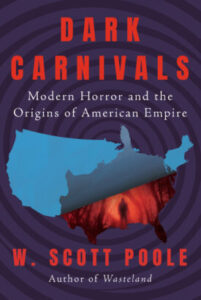
Copyright © 2022 by W. Scott Poole, from Dark Carnivals: Modern Horror and the Origins of American Empire. Excerpted by permission of Counterpoint Press.















































